A second generation Mazda3 for the 2010 model year was unveiled in late 2008, with the sedan premiering at the Los Angeles Auto Show and the hatchback at the Bologna Auto Show.
Contents
* 1 First generation
o 1.1 Design
o 1.2 Engines
+ 1.2.1 Performance
o 1.3 2006
o 1.4 2007
o 1.5 2008
o 1.6 2009
* 2 Second generation
o 2.1 Engines
* 3 Motorsports
* 4 References
* 5 External links
First generation
First generation 2006 Mazda3 i sedan (US)
Production 2004-2009
2006-present (China),
2005-2010 Tehran, Iran[2]
Assembly Nanjing, China[3][4]
Platform Ford C1 platform
Engine(s) 1.4 L MZR I4
1.5 L MZR I4
1.6 L MZR I4
2.0 L MZR I4
2.3 L MZR I4
1.6 L MZ-CD I4
2.0 L MZR-CD I4
Transmission(s) 5-speed automatic
4-speed automatic
5-speed manual
6-speed manual
Length 2004-06 i Sedan: 178.3 in (4529 mm)
2004-06 s Sedan: 4540 mm (178.7 in)
2004-06 Hatchback: 4485 mm (176.6 in)
2007-09 i Sedan: 177.4 in (4506 mm)
2007-09 s Sedan: 177.6 in (4511 mm)
2007-present Hatchback: 176.8 in (4491 mm)
Width 1755 mm (69.1 in)
Height 1465 mm (57.7 in)
Curb weight 1180-1315 kg (2600-2900 lb)
Related Mazda Premacy/Mazda5, Ford Focus, Volvo C30, Volvo S40/Volvo V50
The Mazda3 has been generally well-received by the automotive press for its performance, handling, styling and interior, with some describing it as feeling like a more expensive sport sedan despite its value-oriented price.[5] Some criticisms have included fuel economy and crash test results (only receiving four out of a maximum five stars from the EURO NCAP Safety Testing Programme) the latter of which was rectified by making six airbags standard. In 2006 the Mazda3 was the second best-selling car in Canada and the best selling car in Israel during 2005-2007.
Design
The Axela is based on the Ford global C1 platform, shared with the latest European Ford Focus and Volvo S40. Based on the styling of the MX-Sportif concept car, the Axela is available in two body styles, a four-door sedan, marketed as "coupé style" in Europe, and a five-door hatchback, branded the Sport version in Canada, Japan, and the United States.
Mazda3 s hatchback (US)
Mazda3 SP23 sedan (Australia)
Front suspension is by MacPherson struts, with coil springs and an anti-roll bar. Rear suspension is a Ford-Designed "E-link" multi-link suspension, with four locating links per wheel and an anti-roll bar, suspended on coil springs that are mounted inboard of the shock absorbers to reduce suspension intrusion into the cargo area. Disc brakes are standard at all four wheels, with 300 mm (11.8 in) discs front and 279 mm (11 in) discs rear; ABS and electronic brake force distribution are available or standard, depending on the model. Wheel and tire sizes vary with model, from 15 in on base models to option 17 in wheels on upper-level models.
When first introduced, United States-market Mazda3 models were available in only two trim levels, i and s, with the 2.0 L and 2.3 L engines, respectively. Since then Mazda has introduced additional models under the Touring and Grand Touring labels. British Mazda3's are offered in S, TS, TS2, Sport, and a top end 2.3ltr turbocharged Mazda3 MPS (Mazda Performance Series) models. Since April 2008, when there was a mainly cosmetic facelift of the Mazda3, there have been some changes to the trim designations for UK cars, with the models now being the entry level S, then Takara (which replaces TS & TS2), the Tamara Special Edition and the Sport and MPS as before.
All 3 models use the inline-4 Mazda MZR engine, with various types, displacements and outputs including the MZ-CD turbodiesel, depending on model and market. Transmissions are a five-speed manual transmission and a four-speed automatic transmission; since the 2006 model year, a five-speed automatic is optional on models with the 2.3 L engine. This transmission has now been made standard on the 2.0 L engine in Japan (FWD models only), as part of a minor facelift in early 2008 which includes different front/rear bumper designs, new wheel designs and body colors, stiffened chassis, and better interior materials. The MPS / Mazdaspeed version is only available with a six-speed manual.
 mazda 3
mazda 3 mazda 3
mazda 3 mazda 3
mazda 3 mazda 3
mazda 3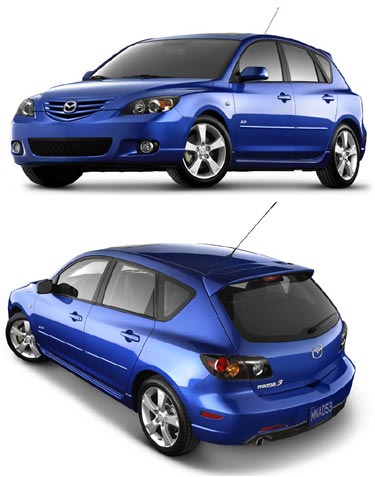 mazda 3
mazda 3 mazda 3
mazda 3 mazda 3
mazda 3 mazda 3
mazda 3 mazda 3
mazda 3 mazda 3
mazda 3
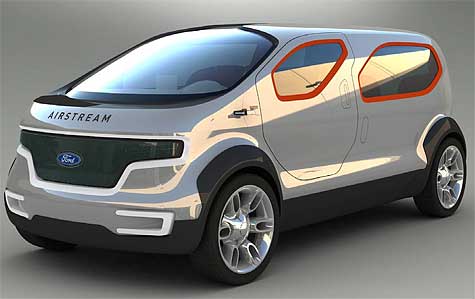















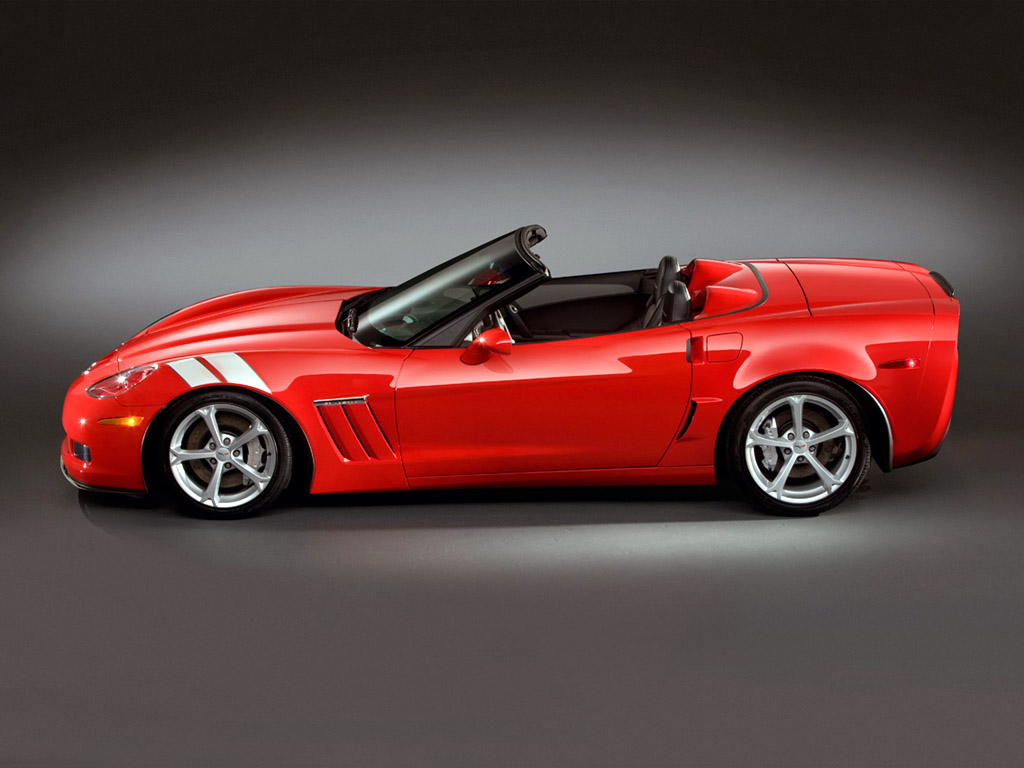




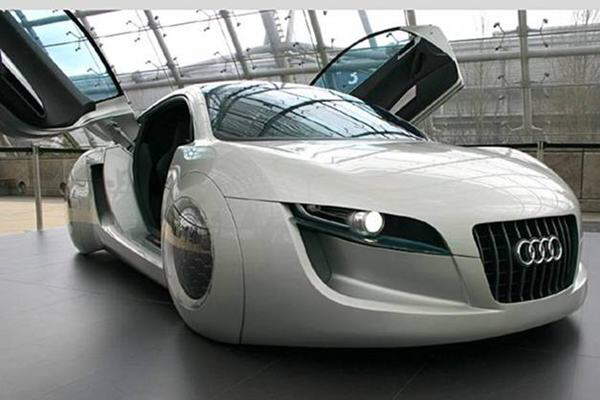




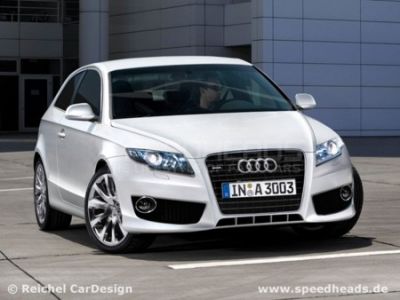




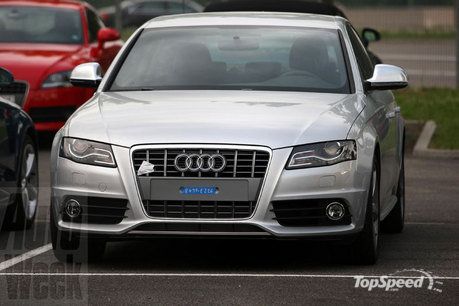

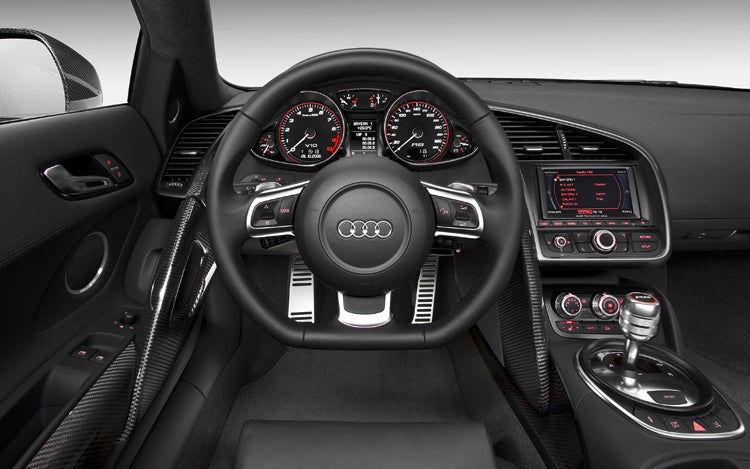


 honda car
honda car













